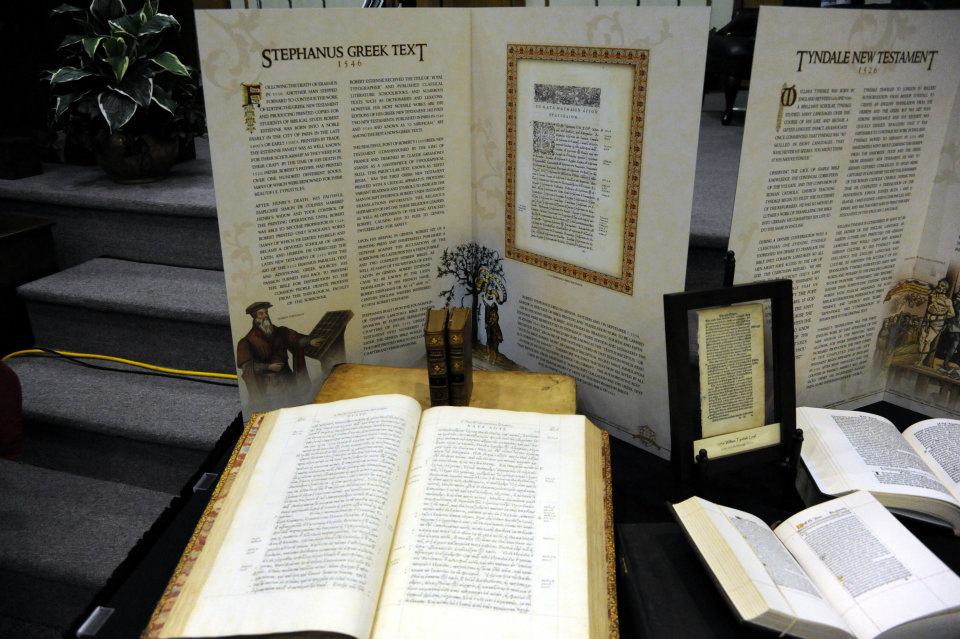


Originally, he relates in the preface, he had drawn up a concordance in which the entire sentence in which any one word appeared was written out, “which made a greate and a houge volume.” Just as he finished the work Marbeck was apprehended at Windsor, arrested under the so-called Statute of Six Articles, and condemned to death, though later this sentence was rescinded. Extending to 766 folio pages, three columns to a page, or 2,300 columns, this was no small accomplishment for one man. ye maie redely find any Worde Conteigned in the Whole Bible, so often as it is There Expressed or Mentioned. 1585), published in 1550 under the title, A Concordance, that is to saie, a Worke Wherein by the Order of the Letters of the A.B.C. Bible was produced by a most interesting individual, John Marbeck (d. 1562), first appearing before 1540, and reprinted in London with the date 1550. Bible included only the NT: The Concordance of the New Testament Most Necessary to be Had, etc. It was with this work as a foundation that the learned Hebraist John Buxtorf (1564-1629) published in Basel (1632), his Concordantia Bibliorum Ebraicae. This was printed in Venice in 1524, and tr. The first important concordance was that of Rabbi Isaac Nathan, who labored on a concordance to the Heb. In an article such as this, it is not necessary to discuss the earlier MS attempts at constructing concordances. but more concordances have been produced relating to the Bible than for all these authors, and many more, combined. CONCORDANCE, a reference book defined by the Oxford English Dictionary as “an alphabetical arrangement of the principal words contained in a book, with citations of the passages in which they occur.” There are concordances for a number of great writers, such as Shakespeare, Milton, Spenser, Tennyson, Dante, etc.


 0 kommentar(er)
0 kommentar(er)
